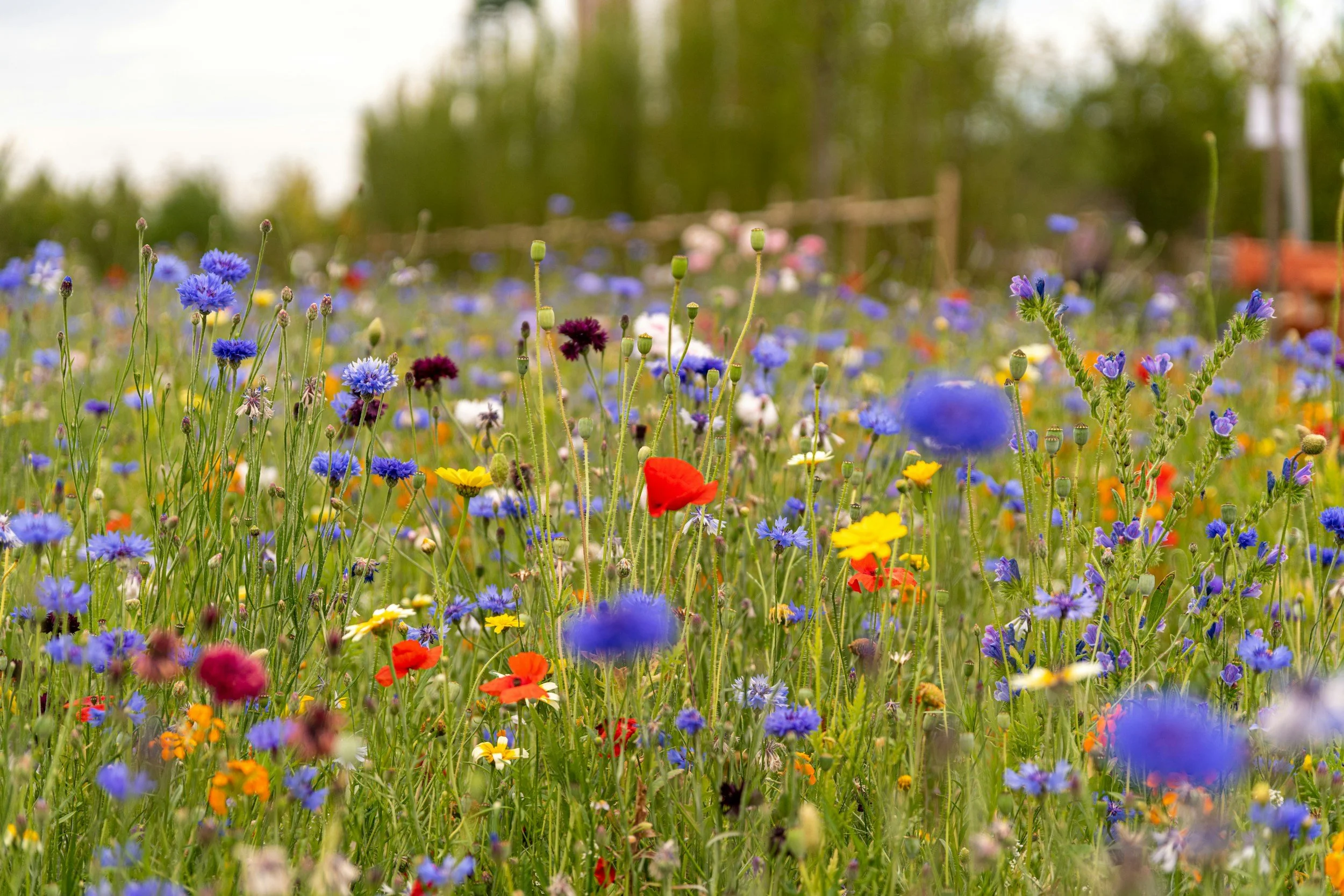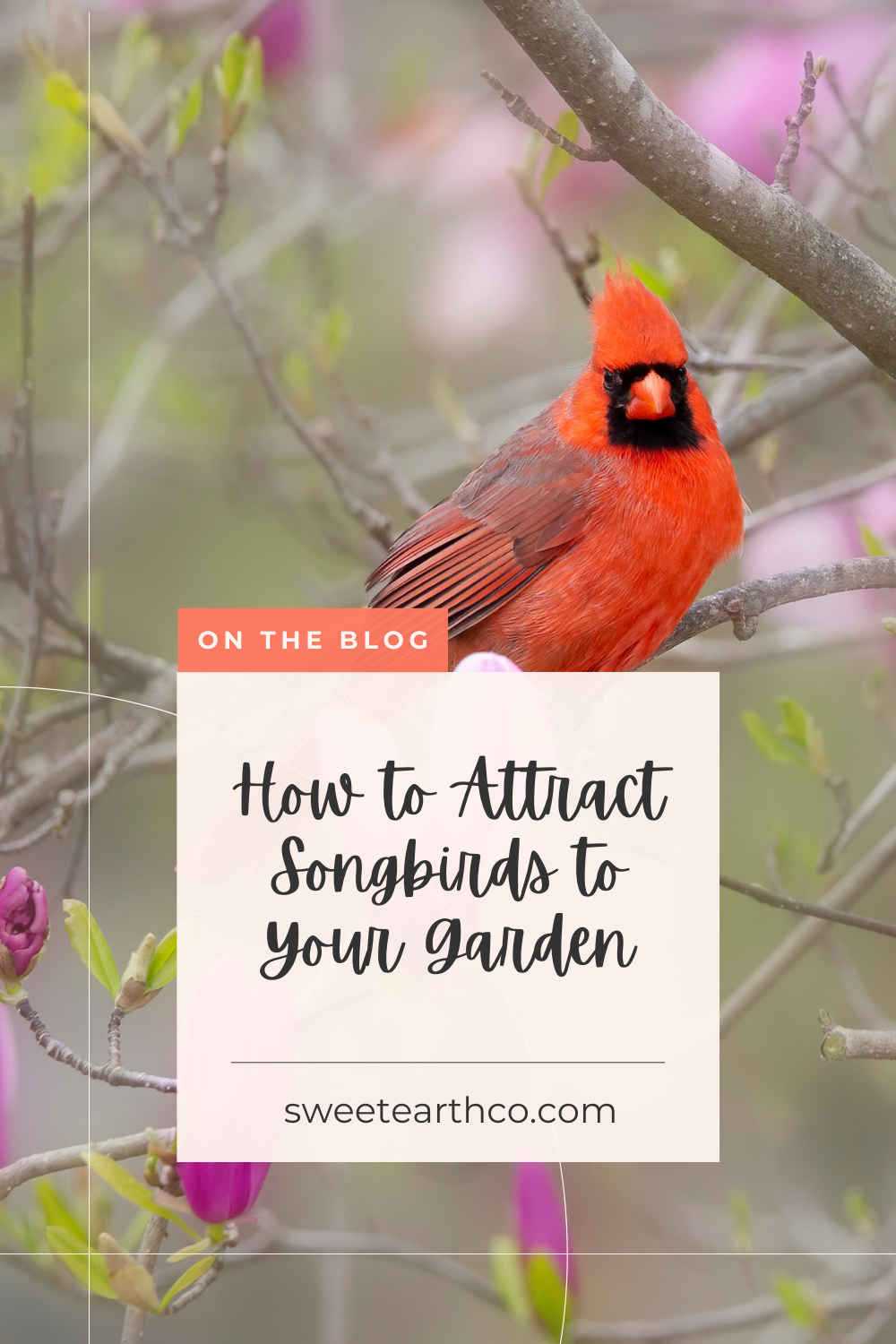How to Attract Songbirds to Your Garden (and track them!)
Something I’ve really been enjoying lately is tracking the songbirds that come to my garden. I want to share a few things you can do in your landscape that will attract birds and improve biodiversity in your garden.
Here’s a recent snapshot of some of the birds I’ve heard — including Wilson’s Warbler, a rare sighting!
You can use the Merlin Bird ID app to record and identify the songbirds in your garden.
You can also use a physical journal to write down and sketch what you see. Have fun with it!
We also created a printable tracking sheet you can use! Download it for free here.
Add a Water Feature
Adding water features to your garden provides a place for birds to rest and hydrate. Bird baths, fountains, and ponds are all great options. Include a spot for birds to sit and rest, whether it’s the rim of the bird bath or some rocks or logs in a pond. You’ll also want to clean the water feature regularly to keep the water clean and safe for the birds to drink.
Reduce Your Lawn
Reducing your lawn and replacing it with shrubs, flowers, and other plants will provide a desirable shelter for birds to come and visit. According to Audobon New York, 50% of homeowners in the United States contribute to the death of approximately 7 million birds each year through pesticides they use on their yards.
Our favorite ways to reduce lawn is by turning it into a cutting garden or a meadow.
Plant Native Varieties
Planting native varieties has many benefits for birds and other wildlife, as well as for your environment as a whole. However, certain plants are more likely to attract birds than others. Consider adding to your garden:
Sunflowers
Coneflowers
Goldenrod
Oak trees and shrubs
You can learn more about what plants are native to your area in this blog post where we talk all about keystone plants — plants that are vital to your ecoregion.
Trees and shrubs are especially good additions to your landscape because they provide a safe habitat from predators. The birds will then reward you with a reduced need for pesticides because they eat pests and bugs. It’s a win-win!
Sunflower
Coneflower
It all comes down to eco-gardening!
Eco-gardening is all about working with nature, rather than against it, to create a sustainable landscape for people and pollinators alike.
Start by completing our free Eco-Friendly Garden Audit here.
Use a bird tracker app or our tracking printable to record a baseline reading of the songbirds in your garden. Then, you can track over time as you make your garden more attractive to birds. It’s fun to see the progress!






